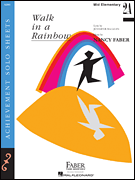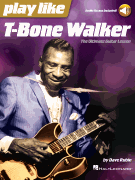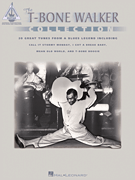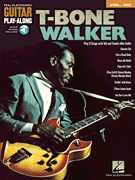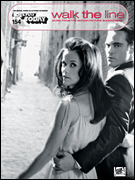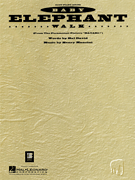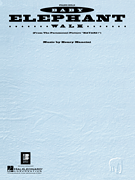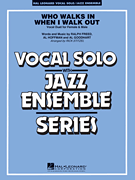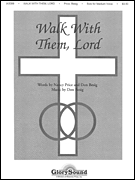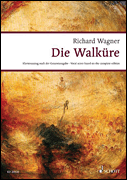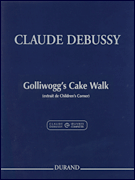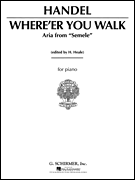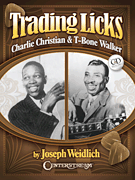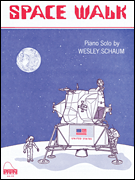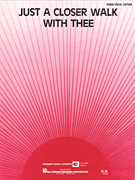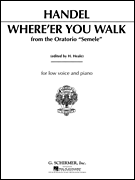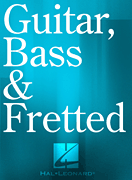Search Results for: “Walk”
Loading...
Hallelujah View 482 Products
Amazing Grace View 431 Products
Feliz Navidad View 202 Products
You'll Never Walk Alone View 180 Products
I Walk The Line View 159 Products
In The Bleak Midwinter View 130 Products
I Believe View 120 Products
Walk This Way View 115 Products
Just A Closer Walk With Thee View 101 Products
Baby Elephant Walk View 84 Products
Deep River View 80 Products
Walking In The Air View 71 Products
Love Walked In View 70 Products
In Walked Bud View 69 Products
Mean View 65 Products
Halo View 60 Products
Walking On Sunshine View 59 Products
Shut Up And Dance View 55 Products
Walking In Memphis View 52 Products
(They Call It) Stormy Monday (Stormy Monday Blues) View 51 Products
Where E'er You Walk View 50 Products
Walk Don't Run View 45 Products
Walk Like A Man View 40 Products
My Songs Know What You Did In The Dark (Light Em Up) View 9 Products
